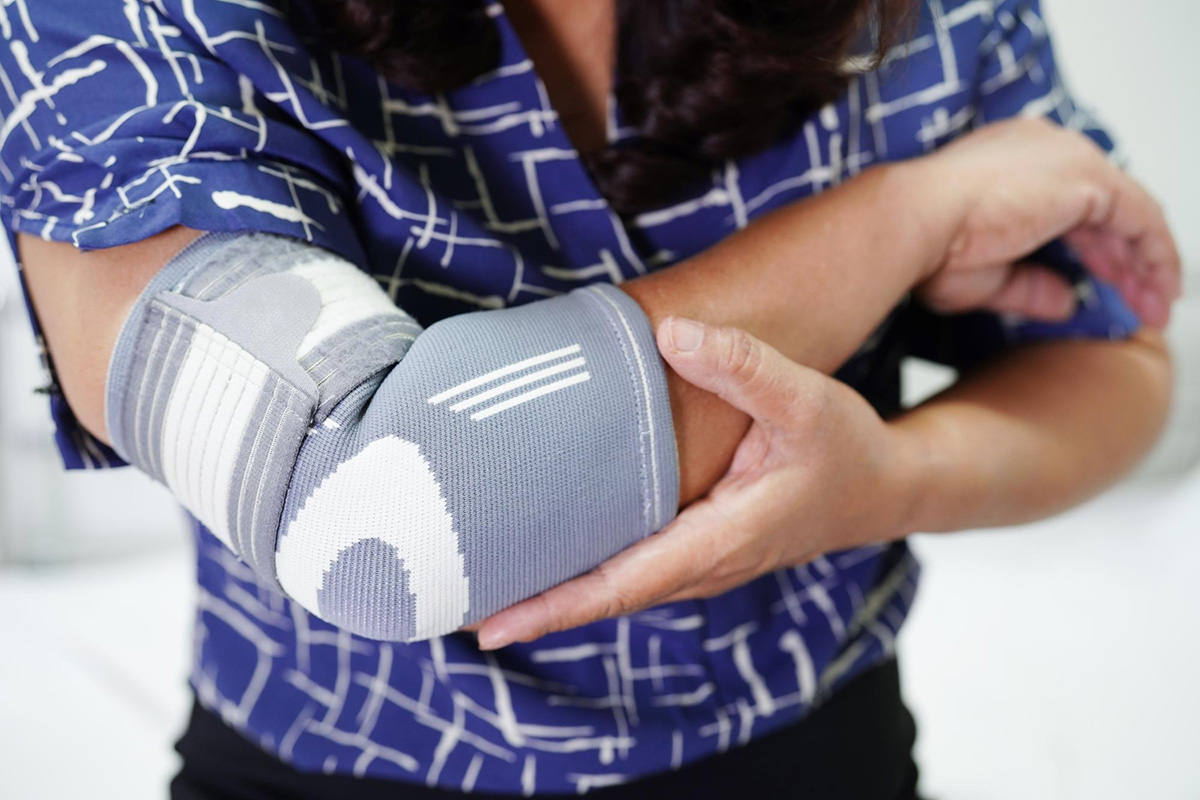
Tennis Elbow is a common condition among individuals who perform repetitive activities, especially those who engage in sports such as tennis, golf, and baseball. This condition can lead to significant pain and discomfort, which can affect your work, recreational activities, and overall quality of life. It is caused by inflammation of the tendons that attach to the elbow joint. If you have tried other treatments without success, your orthopedic surgeon may recommend surgery. In this blog, we will discuss everything you need to know about tennis elbow surgery and recovery.
Tennis elbow surgery
There are two main types of surgery for tennis elbow: open surgery and arthroscopic surgery. Open surgery involves making a large incision over the elbow joint and detaching the tendon from the bone. The damaged tissue is then removed, and the tendon is reattached to the bone. Arthroscopic surgery involves making small incisions and using a tiny camera to view the inside of the joint. Small instruments are used to remove the damaged tissue and reattach the tendon. Your surgeon will discuss the most appropriate type of surgery for your situation.
Recovery
Recovery after tennis elbow surgery varies, but most patients can expect to have a full recovery within 3-6 months. Immediately after surgery, your arm will be immobilized in a splint or cast for a week or two to allow the tendon to heal. Physical therapy will then be recommended to improve range of motion and strengthen the elbow joint. Your surgeon will provide a detailed rehabilitation plan, and it is essential to follow this plan to avoid further injuries or setbacks.
Complications
Although tennis elbow surgery is generally safe and effective, it does carry some risks. Complications include infection, blood clots, nerve damage, and joint stiffness. It is important to discuss the potential risks and benefits with your surgeon to understand the procedure's outcomes and the steps you can take to prevent complications.
Post-surgery care
Proper post-surgery care can help speed up your recovery and prevent further injuries. Avoid heavy lifting or intense physical activity for at least six weeks after surgery. Your surgeon will prescribe pain medications to manage pain or discomfort. Applying ice packs to the affected area can also help reduce swelling and inflammation. Follow all post-surgery instructions carefully, and contact your surgeon immediately if you experience any symptoms of infection or other complications.
Prevention
The best way to prevent tennis elbow is to avoid overuse of the elbow joint. Take frequent breaks during repetitive activities, use proper equipment, and practice proper technique to prevent unnecessary strain on the tendons. If you are an athlete, it is essential to train properly and use appropriate equipment to avoid injury.
Conclusion
Tennis elbow surgery can be an effective treatment option for individuals who have tried other treatments without success. Proper post-surgery care, rehabilitation, and prevention techniques are essential to ensure a full recovery and prevent further injuries. If you are experiencing elbow pain or discomfort, contact an orthopedic surgeon in Orange City today to schedule an appointment and learn if tennis elbow surgery is right for you. At Central Florida Bone & Joint Institute, our team of experienced surgeons provides comprehensive care to help you get back to your normal activities as quickly as possible.